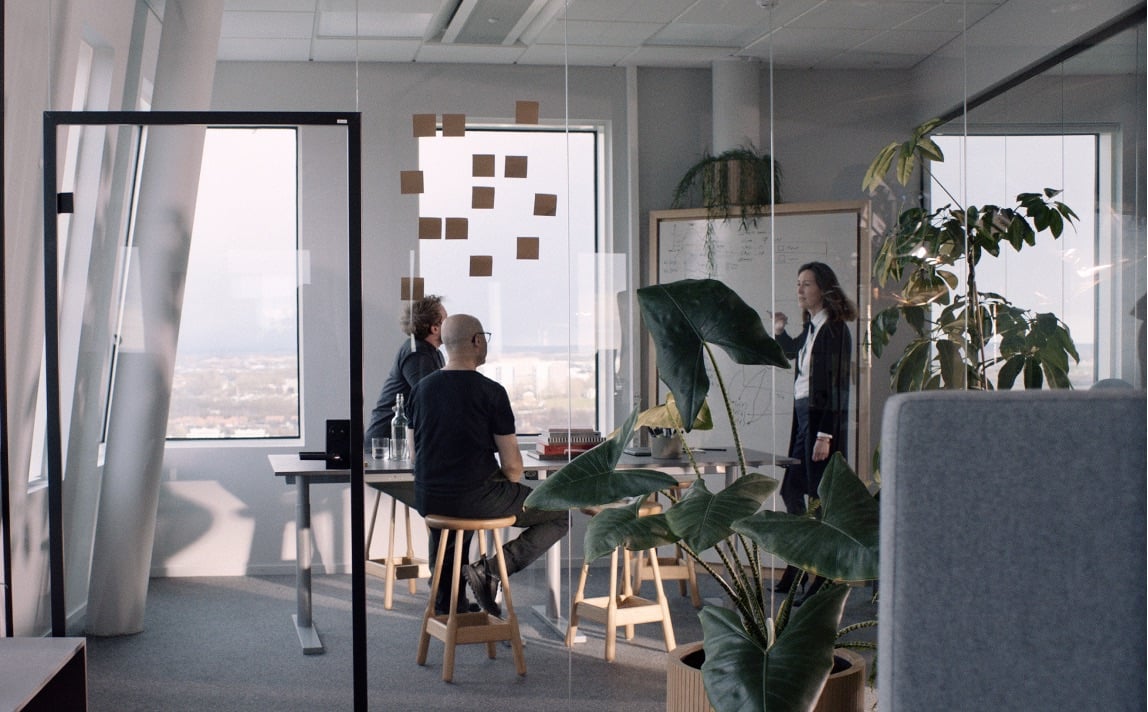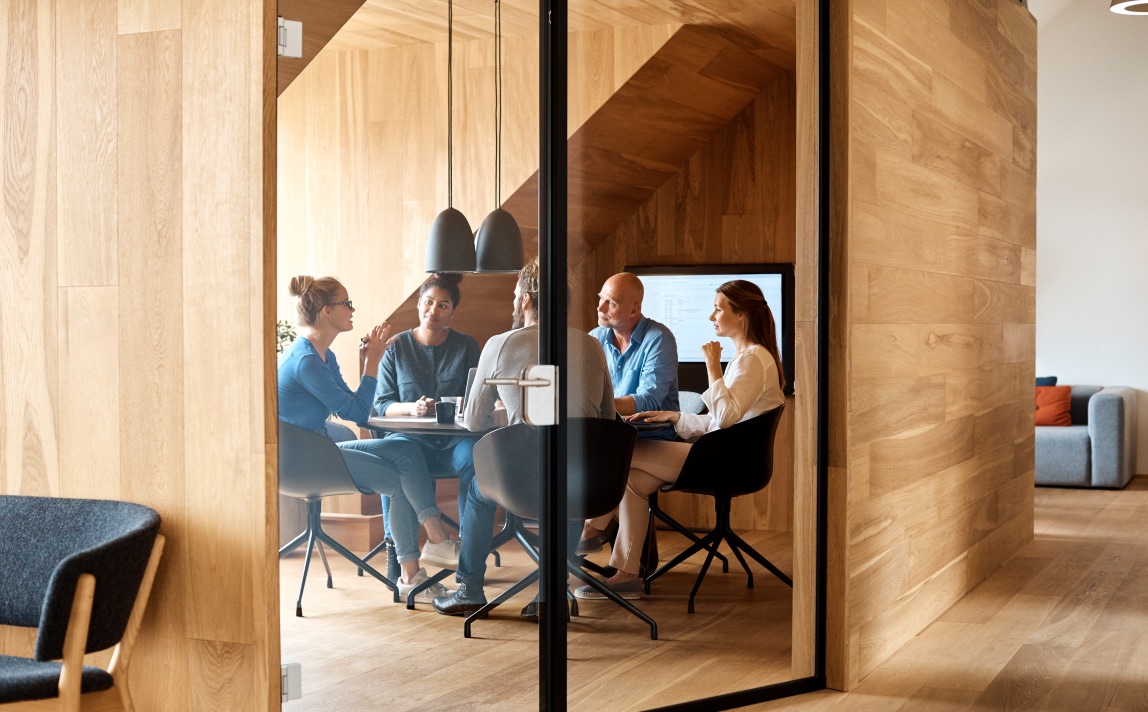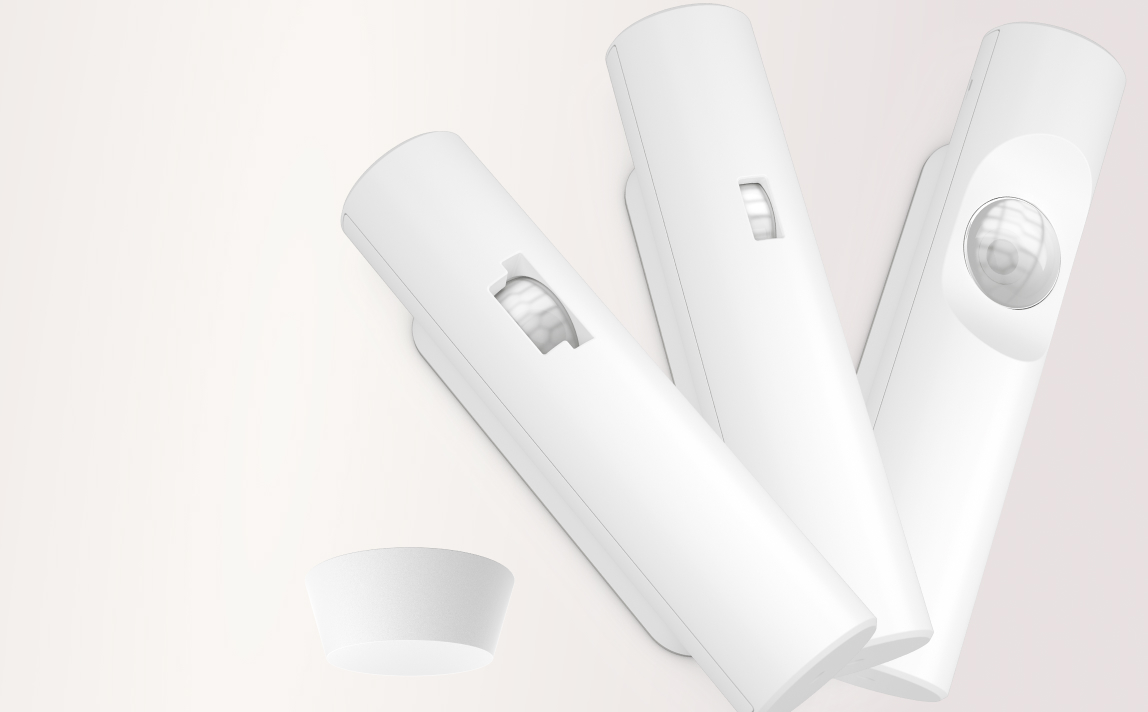Office air quality impacts occupancy rates
Sensors tell you how
Poor indoor climates at an office are a drag to anyone’s focus and comfort. And in the era of hybrid working, companies can’t afford to drive away employees from their office buildings. Today, there’s an easy way to optimize indoor climates to attract people to the office and boost occupancy. Here’s the new approach.
Why indoor climate matters for workplaces
Who amongst us has produced our best work in dark, stuffy rooms? What about rooms with thin walls that let through kitchen chatter? Or rooms with an overwhelming smell of new furniture and dusty carpets? Unsettling spaces extinguish focus. Today, it’s more urgent than ever that offices fix this. Companies around the world face an office occupancy crisis and are asking themselves important
space utilization questions to manage their office buildings. But if companies want to attract employees to their offices, they must create inviting environments that give employees an ideal working experience.
A fresh solution using smart sensors
What’s there to do about it? If your company wants to create an office environment that people not only enjoy, but thrive in too, you must start with an honest evaluation of your true situation. This means identifying critical indoor climate issues for your workplaces. That’s where smart sensors come in. They can make this process nearly automatic for you.
Today, there are several types of sensors that can measure the data points you need, like indoor environmental quality (IEQ) sensors or indoor air quality (IAQ) sensors. The data points that matter the most to improving the indoor climate of your offices include temperature, humidity, CO2, light levels, sound levels, volatile organic compounds (VOC), and radon. These will cover the vast majority of indoor climate challenges in an office building. Some sensors only measure a singular metric. Others measure them all. In most cases, it is best to opt for as multifunctional of a sensor as possible. You don't know the challenges you have, or the scale of the challenges you have, until you start monitoring.
Use your climate metrics. Boost office occupancy.
Once you have installed your indoor climate sensors or air quality monitors, and collected your data, you’re halfway there. But to make a real difference and turn your office into a more pleasant and productive place, you must also understand and apply your indoor climate metrics. Here are three ideas.
Analyze: Identify trends
Indoor climate sensors are perfectly paired with smart
office occupancy sensors. Especially if these sensors are truly real-time. These will tell you not only when meeting rooms and workspaces are in use, but also for exactly how long. Combining this information with your indoor climate metrics can reveal hidden patterns. For example, you may notice a connection between certain poorly utilized rooms and elevated sound levels. By following best practices for
workplace analytics, you can start optimizing your office using this data.
Empower: Helping employees do their best
Sharing real-time office climate data with employees can give them more power over their day. An employee might prefer certain environments to work in. If they have immediate access to information about the climate in different workspaces, they can make the right choice and opt for the most suitable one. For instance, they can book a meeting room with the best air quality for their next meeting.
Automate: Incredible potential for savings
If your facility has the smart infrastructure for it, your office may even be able to integrate the real-time climate sensor data to automate lighting, temperature, or ventilation systems. Not only is this an effortless way to create an optimal working environment, but it saves costs and energy along the way.
A workplace everyone enjoys
However you choose to use your office climate metrics, smart climate sensors help
workplace decision-makers solve a crucial element of creating a workplace everyone enjoys going to.


